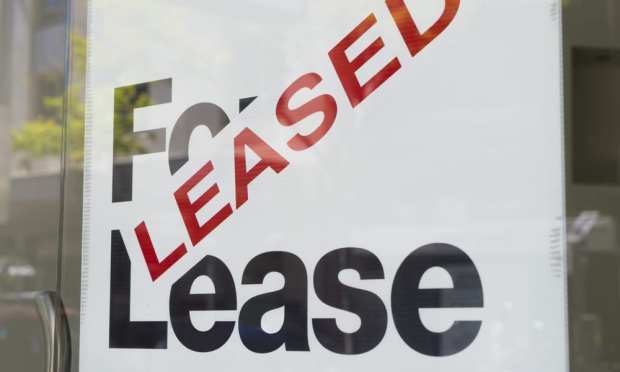Where Landlords Find Relief For Cash Flow Uncertainty

With widespread furloughs, tenants the world over are facing the pressure of getting rent in on time and paid in full. Amid calls for government watchdogs to introduce rent relief initiatives, many landlords have taken it upon themselves to introduce new measures to support their tenants, whether that means offering new payment schedules, discounts or otherwise.
Managing cash flow for landlords is already a challenge, according to Manoj Varsani, CEO and founder of U.K.-based FinTech Hammock. As he recently told PYMNTS, traditional financial institutions (FIs) can lack the industry-specific knowledge and product offerings to address landlords’ unique pain points, which go far beyond managing late payments.
With the pandemic exacerbating cash flow issues, the current market climate has opened up an opportunity for organizations like Hammock to offer a remedy — and investors agree, with Hammock recently announcing a $1.32 million seed funding round. Yet, noted Varsani, the industry is evolving quickly — and even as financial recovery positions tenants to lessen their own cash flow burdens, landlords will continue to face new struggles that require industry expertise to address.
Sifting Through Data
Like many small businesses and solopreneurs, one of the largest challenges for landlords when it comes to financial management is a lack of industry-specific services, forcing many in this industry to rely on personal finance tools.
“Many landlords just manage their property finances through their personal finance bank accounts, which means they have to spend their time fine-combing bank statements just to sort property-related payments from any other transaction, even before they can try and make sense of the actual performance of their investment,” said Varsani, who was a landlord himself before founding Hammock.
Unique to this market is the complexity of transactions these individuals must manage in their professional lives. In addition to high transaction volumes, there are many stakeholders involved in not only receiving payments, but also paying vendors and service providers that participate in the maintenance of properties.
That means landlords not only have to sift through transaction data to identify which ones are rent payments, but they also manage a high volume of other kinds of payments, creating an opaque financial management strategy that goes beyond the struggle to collect rent payments on time.
In addition to rent collection, Varsani identified two other key challenges in this market: bookkeeping and portfolio performance. He noted that landlords can struggle to keep track of receipts and expenses, and must then rush to account for expenditure ahead of any tax deadlines. At the same time, a lack of real-time financial management makes it especially challenging for landlords to understand their financial position at any given moment.
Managing Rent In-Flow Insecurity
The cash flow management pain points that go along with becoming a landlord have recently exploded as a result of the pandemic. Today, it remains unclear exactly how the coronavirus crisis has affected rent capital in-flows.
Research from Goodlord found that in a survey of 20,000 rental properties, between mid-March and the end of April, late rent payments rose from an average of 4 percent to 6 percent, suggesting that fears of a late payment crisis may have been overblown.
According to Varsani, however, Hammock’s own data tells a very different story, with the company finding that the percentage of missing payments across 600 properties on its platform surged from 8 percent in February to 32 percent in May.
On top of tenants entirely missing rent deadlines, he also pointed to late and partial payments as factors adding to landlords‘ cash flow management challenges, as these professionals work with their tenants to agree on custom repayment schedules. Yet even as the market stabilizes, a return to renting and financial stability doesn’t necessarily mean the pressure is off for landlords across the U.K.
“Keeping an accurate record of arrears has been even more of a challenge than before,” Varsani noted. “As soon as the stricter lockdown measures were lifted in July, there was a flurry of new tenancies. Again, setting up new tenancies and their payment schedule always comes with teething problems for landlords.”
FinTech that addresses the unique pain points of this market will be essential to guiding landlords through the peaks and valleys of managing rent payments and expenses, while obtaining a real-time, holistic view of overall finances. Even in a post-pandemic market, challenges abound thanks to complex regulatory and tax requirements.
As a result, many landlords are either adjusting their business model by “switching their operations to management via limited companies,” or by exiting the industry altogether and selling their properties, said Varsani. Initiatives like Making Tax Digital, as well as tenants’ own shift from cash and check payments to digital methods, will help ease the financial management friction for this sector. But in such volatile times, landlords must seek out service providers that can support their cash flow management needs — both during and after a pandemic.
